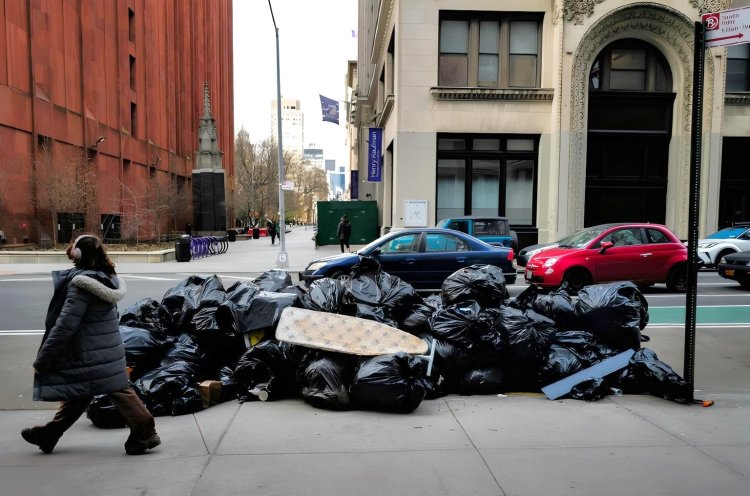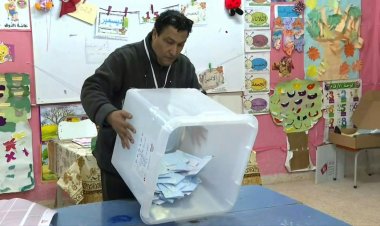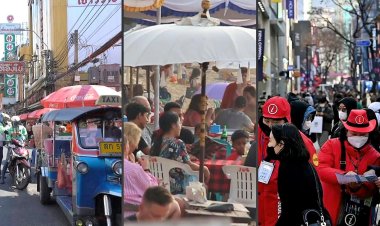New York City's Trash Revolution

New York City is iconic for its yellow taxis, pizza slices, bright lights on Broadway and its rats.
Mountains of black garbage bags line cramped city sidewalks, a feast for the millions of rodents who call New York home.
But such unsanitary eyesores could soon be a remnant of the city's past, with local authorities launching a "trash revolution" to clean up the streets.
Since the beginning of March more than 200,000 food-selling businesses have been required to use hard-lidded bins to store the millions of tons of garbage they produce annually.
By 2026 residential buildings will also be required to use such containers, a plan inspired by the approach used in cities including Barcelona, Madrid and Buenos Aires.
The city will eventually lose some 150,000 parking spaces—an eternal sore spot for many New Yorkers—as a result of the new container rollout, but advocates say any protest might be diluted by the pleasing results of the clean-up.
The hard-lidded containers should also dissuade human scavengers, who often rip open plastic bags while searching for bottles or cans to sell for cash.
The city of 8.5 million people and the millions of tourists who visit each year produce some 20 million tons of trash a day, more than half of it from businesses, according to City Council figures.
Businesses use a private waste-collection system, while the nearly 10,000 employees of the city's sanitation department deal with trash from residences, schools and hospitals.
New York is one of the most densely occupied cities on the planet—particularly Manhattan, whose 1.7 million inhabitants mostly live in high-rise buildings with no space in between.
With less than three percent of organic waste currently being recycled, the city has begun a plan to provide special compost containers—which will become mandatory starting next year.















